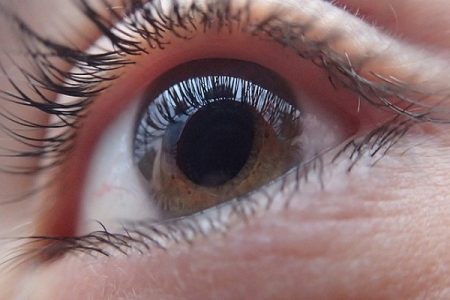Living With Stargardt Disease
- Updated on: Jul 12, 2024
- 3 min Read
- Published on Apr 22, 2021


Stargardt disease
Stargardt disease (SDGD) is a juvenile form of age-related macular degeneration (AMD) that affects about 25,000 individuals in the United States alone. It is a genetic recessive disorder that most typically affects the central vision at an age of about 10-20 years.
The disease disturbs the visual acuity significantly. It changes to about 20/100 to 20/400; which is considered as blindness legally.
An experience of living with stargardt disease
People who live with Stargardt disease experience unique challenges with daily life. Here are listed top frustrations and experiences people share about living with the disease.
Frustration with diagnosis process
In a study on SDGD patients, at the time of SD diagnosis, only about half of the sample felt they were adequately counseled. Counseling is very important during diagnosis of the disease. Hearing about the vision loss, most people go into serious depressive symptoms. Experiencing negative emotions is quite common throughout the diagnostic process.
Many persons living with Stargardt macular dystrophy report intense negative emotions out of depression and anxiety during the final diagnosis of the disease. Many people feel hopeless and helpless after the diagnosis of Stargardt disease.
See also: Genetic Testing For Stargardt Macular Dystrophy (STGD)
See also: Stargardt Disease (Fundus Flavimaculatus): Causes, Signs, Symptoms, Diagnosis, Treatment
Loss of independence
Some people report loss of independence as a consequence of the disease. For example, losing the ability to drive make some people feel dependent. For these individuals, driving is much beyond a transportation means. It also causes emotional problems in many people living with Stargardt disease.
As of result of the independence, many people experience feeling that they owe something to others in response to the support they give to the patient.
Social embarrassment
Some people are ashamed or embarrassed of their disability. Many people face public embarrassment when they make mistakes recognizing people clearly. The sometimes feel themselves as idiots.
Personal and family life
Many people living with stargardt disease find difficulty in forming relationships because they are generally overlooked by others due to their condition/disability. Particularly, in romantic relationships, it is hard to keep a balance with someone who does not have any disability.
Common concerns are:
- concerns about responsibilities as a spouse and parent
- concerns about genetics fearing they would pass the disease onto their children
- concerns about children that the partner would not want children because of the associated risk
- concerns that their children may already have the disease – these people often feel guilty
Professional life
The disease affects professional life of a person directly as well as indirectly. Such people may not apply for all kinds of jobs. Those who are at job often make mistakes because of their low vision.
Many people living with Stargardt disease are concerned about their future. Some suffer discrimination from peers. Often people judge these people because of their disability, which causes social anxiety and depression.
Support and coping with Stargardt disease
People living with stargardt disease employ different strategies to cope with the disease. Some of them are.
- Working through acceptance
- Finding humor in complex situations
- Seeking out social support
- Joining support groups and advocacy groups
- Interacting with others
- Participate in games and fun activities
- Schooling with special children
Research suggests communication between practitioners, patients, family members and peers is important especially during diagnosis. While lots of efforts are going on, more efforts are needed to build newer types of and more effective patient support systems and help educate patients and their families about the unique challenges of this rare disease.












